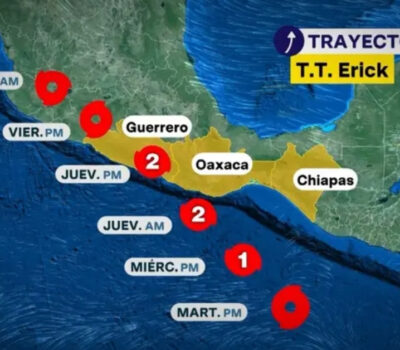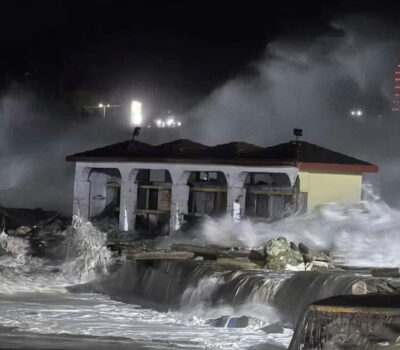Canadian visitors have overtaken Americans as the top international tourists in Cancun, driven by increased flights and a shift in travel behavior.
Canadian tourists have surpassed Americans as the leading international visitors to Cancun, marking a major shift in the destination’s tourism landscape. New figures from the Center for Research and Tourist Competitiveness (STARC) show a surge in Canadian arrivals through Cancun International Airport, especially from Toronto and Montreal.
Between January and April 2025, flights from Toronto to Cancun rose by 42.9 percent, while routes from Montreal jumped 60.6 percent compared to the same period last year. This increase has pushed Canada to the top spot for foreign arrivals, ahead of the United States, which has long dominated tourism in the region.
The director of STARC, Francisco Madrid Flores, confirmed that the percentage of Canadian travelers now exceeds that of U.S. tourists. He pointed to significant changes in travel preferences, with more Canadians choosing Cancun over traditional American vacation spots.
One factor behind the shift is a growing reluctance among Canadians to travel to the United States, a trend some analysts have dubbed the “Trump effect.” Tighter immigration policies during past U.S. administrations led many travelers to explore alternative destinations. For Canadians, Cancun has become the top alternative, offering warm beaches, favorable exchange rates, and a welcoming environment.
According to recent data, Canada now represents 16.5 percent of all international visitors to Quintana Roo. Tour operators and hoteliers in Cancun say Canadian guests are arriving in larger numbers, staying longer, and returning more frequently. Many opt for stays of seven to fourteen days, especially in the Caribbean-facing resort zones.
While Americans still form a major share of the tourist market, STARC notes a decline in their share relative to Canadians. The drop comes despite a long history of Cancun relying heavily on U.S. tourism. Airlines serving American cities have not reported growth comparable to Canadian routes during the first months of the year.
Local tourism officials have already begun adjusting their strategies. Marketing campaigns now target Canadian demographics more directly, highlighting safety, convenience, and all-inclusive vacation packages. Hotels report higher occupancy from Canadian guests, and some are hiring bilingual staff fluent in English and French to better serve this audience.
Despite staying longer, Canadian visitors reportedly spend slightly less per day than their American counterparts. Still, the overall economic impact remains strong, with more room nights booked and greater use of local transportation and excursion services.
Cancun’s tourism industry has long focused on maintaining a balance between mass tourism and sustainability. The rise of Canadian travelers may help diversify the market and reduce dependence on the U.S., which has at times created instability during periods of political or economic tension.
As the summer season approaches, stakeholders in the tourism sector will monitor whether Canada maintains its lead. If current trends continue, Cancun may reshape its identity around a more diverse international market, one less tied to traditional patterns and more responsive to evolving global travel dynamics.
Canadian visitors have overtaken Americans as the top international tourists in Cancun, driven by increased flights and a shift in travel behavior . . .












